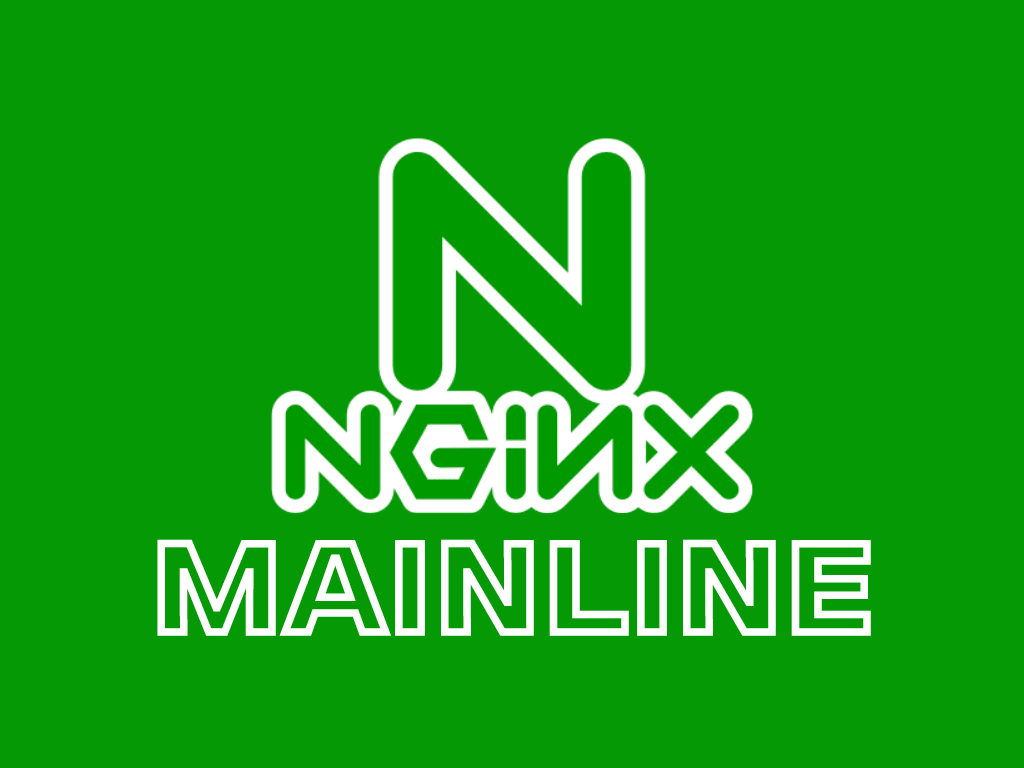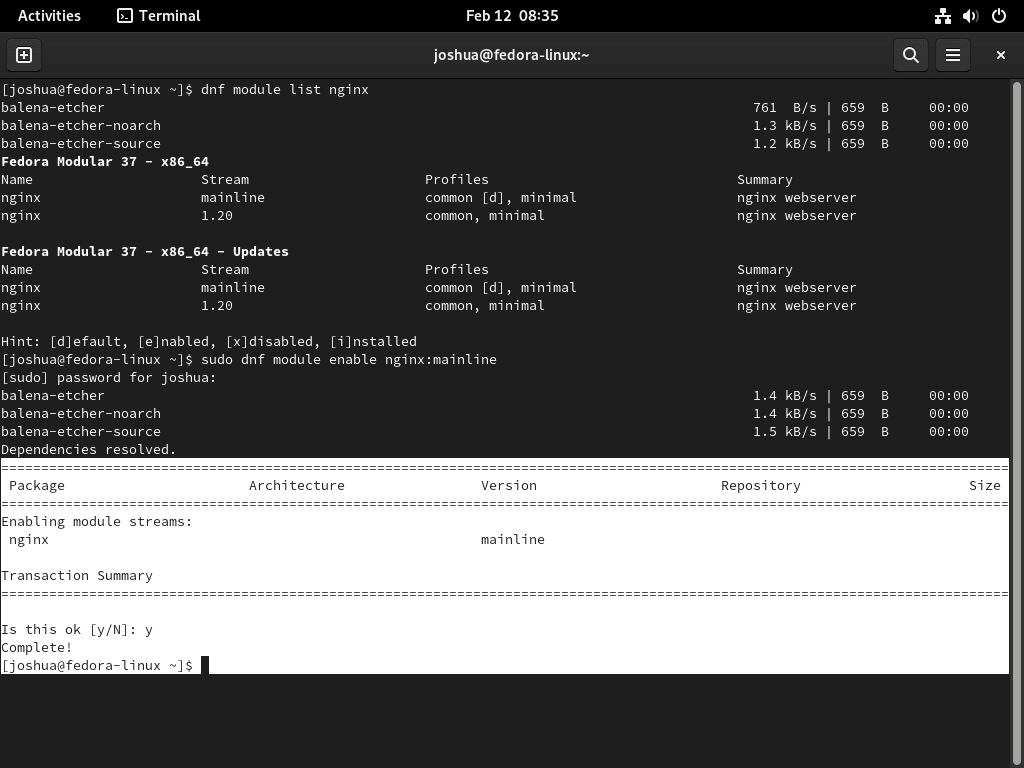To install Nginx Mainline on Fedora Linux, you’ll be tapping into the cutting-edge features and enhancements that the Nginx development team offers. Nginx Mainline is the forefront version of the renowned web server, providing the latest updates more frequently than its stable counterpart. This version is ideal for those who prioritize having the newest capabilities and optimizations at their disposal.
The benefits of opting for Nginx Mainline include:
- Access to the Newest Features: Stay ahead with recent developments and functionalities.
- Immediate Bug Fixes: Benefit from prompt resolutions to known issues, enhancing server reliability.
- Enhanced Performance: Experience potential improvements in speed and scalability.
- Test Bed for Innovations: Utilize Mainline as a proactive testing ground for upcoming releases.
However, it’s essential to weigh these advantages against potential drawbacks, such as less proven stability, possible compatibility issues with some third-party modules, and the chance of encountering undiscovered security vulnerabilities.
This guide will provide the necessary steps to enable Nginx Mainline on your Fedora system using DNF module change, guide you through the configuration process, and help you verify a successful installation. With this foundation, let’s proceed to the detailed instructions on how to install and configure Nginx Mainline on your Fedora Linux system.
Step 1: Update Fedora Linux Before Nginx Mainline Installation
Keeping your Fedora Linux system up-to-date is a crucial first step before installing new software. This ensures that all your system’s packages are current, which can improve security and compatibility.
To update your system, open your terminal and run the following command:
sudo dnf upgrade --refreshThis command refreshes the repository metadata and upgrades the packages to their latest versions. It’s a good practice to run this command regularly to maintain the health of your system.
Step 2: Enable Nginx Mainline Module on Fedora
Fedora offers the latest Nginx Mainline version in its repositories, consistently updating it with new features and improvements ahead of the stable release. This positions it as an ideal choice for users seeking the newest advancements.
To check the available Nginx modules, including the Mainline version, use the following command:
dnf module list nginxRunning this command in the terminal will display a list of Nginx modules. Look for the “nginx mainline” in the output.
Once you’ve identified the Mainline module, enable it by executing:
sudo dnf module enable nginx:mainlineAfter enabling the Mainline branch, you should see a confirmation in your terminal indicating that the Mainline version is now active.
Step 3: Install Nginx Mainline on Fedora
Before updating or installing Nginx Mainline, it’s prudent to back up your current Nginx configuration. This safeguard allows you to restore previous settings or revert changes if necessary, particularly when transitioning between significant versions.
To create a backup, execute the command:
sudo cp -R /etc/nginx/ /etc/nginx.backup
This command duplicates your Nginx directory, storing it as /etc/nginx.backup for easy retrieval of your configurations.
Proceed with the installation or update of Nginx Mainline by running:
sudo dnf install nginxThis command ensures that Fedora installs the latest Mainline version in the enabled repository.
To confirm a successful installation and check the installed version, use:
nginx -vThe terminal should display the version number, indicating the Mainline release if the installation process is completed successfully.
Conclusion
In summary, the steps outlined in this article provide a clear path to enabling and utilizing Nginx Mainline on Fedora Linux. By leveraging the DNF module change, you can ensure your system runs the most up-to-date version of Nginx, allowing for a tailored configuration that meets your specific needs.



